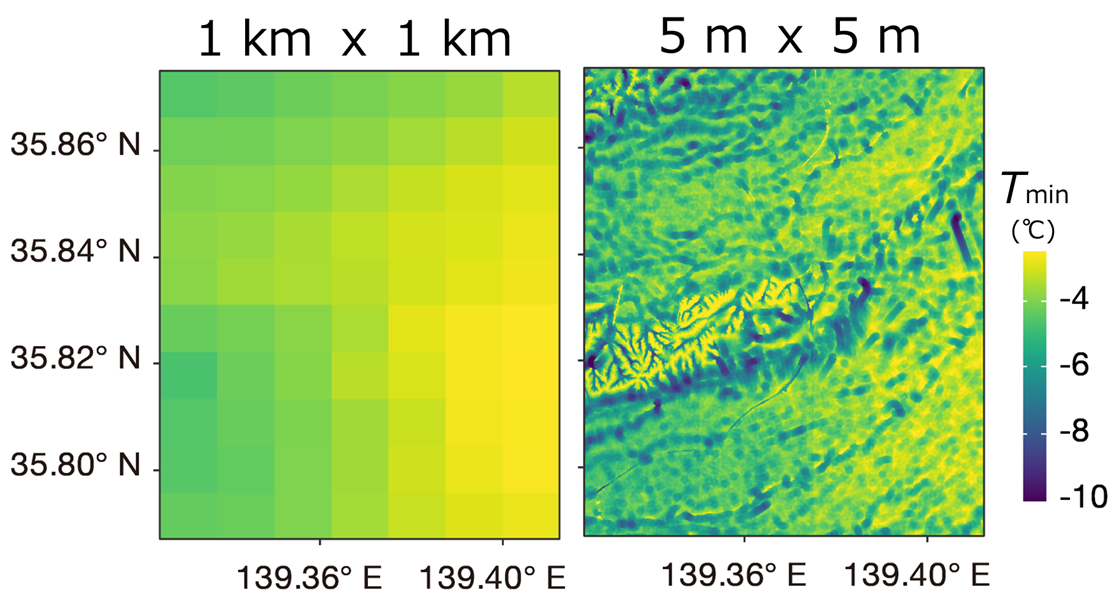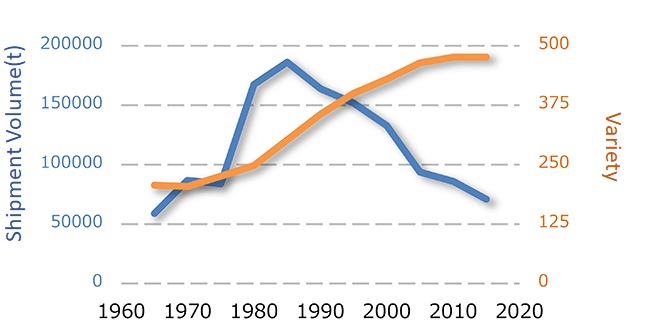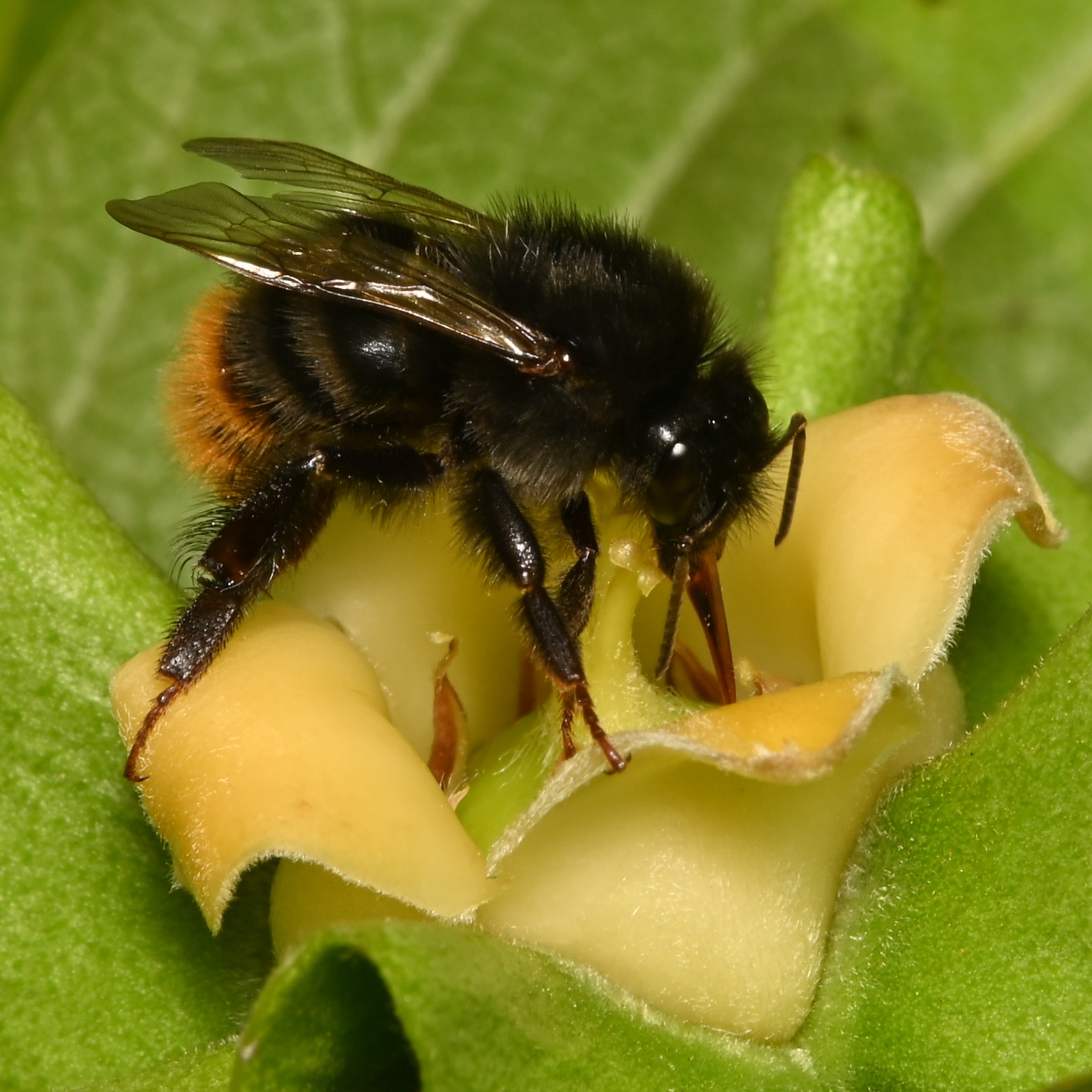




In the case of complicated topography such as hilly mountainous areas and slopes, depending on the location of the farmland, the daily minimum temperature may be nearly 10°C lower than the value of the weather data provided for each 1km mesh. The National Agriculture and Food Research Organization (NARO) has developed a method that can estimate the daily minimum temperature with a 5m mesh, considering the movement of the cold air drainage that occurs with radiative cooling at night. In the future, this result is expected to contribute to the development and provision of accurate weather data for agricultural land located in places where cold air drainage is likely to occur due to complex topography.

Rice plants absorb cadmium and manganese from the roots simultaneously by using OsNRAMP5, a protein localized in the cell membrane. NARO identified the 337th amino acid, which constitutes the OsNRAMP5 protein, as an important site for the regulation of cadmium and manganese transport. Rice plants, in which the amino acid at this site has been changed from glutamine to lysine due to mutation, the uptake of both elements is suppressed, but the amount of manganese necessary for growth can be secured. This result will be useful for the development of rice cultivars with improved safety and productivity. Read more

NARO has established an international monitoring network (MINCERnet) of micrometeorology in rice paddy field, which has revealed that heat-induced spikelet sterility (HISS) of rice in paddy fields can be evaluated by using the panicle temperature during the flowering time as an indicator, rather than air temperature under various climates. Under hot and humid climates, the risk of HISS was estimated to be high because the panicle temperature tends to be high due to the low evaporative cooling effect associated with canopy and panicle transpiration. By utilizing this evaluation method, it will be possible to improve the accuracy of predicting HISS worldwide and to take appropriate adaptation measures against HISS under global warming. Read more

NARO has integrated multiple ecological risk assessment techniques that has been developed so far and enabled the visualization of nationwide changes in ecological risks to aquatic organisms due to pesticide usage over time and in regions. As an application example, we assessed the ecological risks, associated with 67 major paddy rice pesticides used in Japan at 350 river sites nationwide and examined the transition over the period from 1990 to 2010. From the result it was revealed that the ecological risk of insecticides was decreased by 92.4% and by 53.1% for herbicides. This study proposes a method to "visualize" the degree of ecological risks rather than the use of pesticides. Hence it can be used to support scientific decision-making by the government, etc. Read more

Wild pollinators are known to be useful in the cultivation of fruit trees and fruit vegetables that require pollination. However, there remained many unsolved points in the actual situation. NARO has developed a survey manual to actively utilize wild pollinating insects and has demonstrated that Bombus ardens ardens, a wild bumblebee species, contributes significantly for pollinating persimmon nationwide. By grasping the contribution of wild pollinating insects in the field, the number of hives of the European honeybee Apis mellifera, which has been introduced as pollinating insects, can be optimized for each region, enabling labor-saving cultivation. Read more